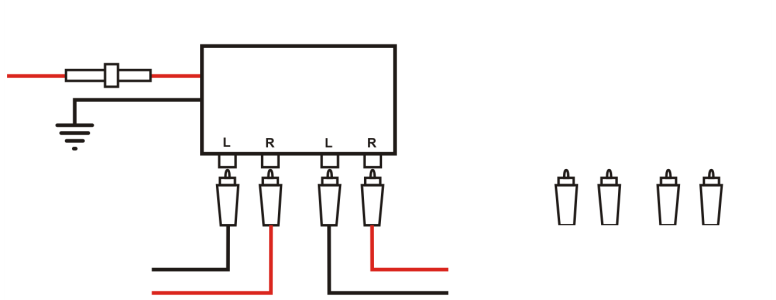Crop and erase objects
You can crop and erase portions of objects.
Cropping lets you quickly remove unwanted areas in objects and imported photos, eliminating the need to ungroup objects, break linked groups apart, or convert objects to curves. You can crop vector objects and bitmaps.
When cropping objects, you define a rectangular area (cropping area) that you want to keep. Object portions outside the cropping area are removed. You can specify the exact position and size of the cropping area, and you can rotate and resize it. You can also remove the cropping area.
You can crop only selected objects without affecting other objects in a drawing, or you can crop all objects on the drawing page. In either case, the affected text and shape objects are automatically converted to curves.
Corel DESIGNER lets you erase unwanted portions of bitmaps and vector objects. The Eraser tool works just like a pencil eraser, removing any part of the image over which you click and drag. If you want to erase only portions of a specific object, you have to select it. When no object is selected, the Eraser tool removes any part of the drawing over which you drag. For information about selecting objects, see Select objects. Erasing automatically closes any affected paths and converts the object to curves. If you erase connecting lines, Corel DESIGNER creates subpaths rather than individual objects. You cannot erase objects with contours, blends, drop shadows, block shadows, and extrusions.
When working with a pen or stylus, you can use pressure to vary the size of the eraser nib. If your pen or stylus supports tilt and bearing, you can use these features to vary the flatness and rotation of the eraser nib. You can also set fixed values for the tilt angle and bearing angle so that the flatness and rotation of the nib remain the same.
You can use your stylus to vary the size and flatness of the eraser nib.
You can also choose default settings for the Eraser tool such as the default size of the eraser nib. Objects created as a result of erasing have their nodes automatically reduced; however you can choose to disable this setting.
You can also delete virtual line segments, which are portions of objects that overlap each other. For example, you can delete a loop in a line that crosses over itself, or loops in line segments in which two or more objects overlap.
Deleting virtual line segments
To crop an object or imported photo
Objects on locked, hidden, Grid, or Guides layers cannot be cropped. Also, you cannot crop OLE and Internet objects, rollovers, or the content of PowerClip objects.
During cropping, affected linked groups, such as contours, blends, and extrusions, are automatically broken apart.
You can move, rotate, and size the cropping area interactively as you would any object. To move the cropping area, drag it to a new position. To size the cropping area, drag any of its handles. To rotate the cropping area, click inside, and drag a rotation handle .
You can remove the cropping area by pressing Esc.
To erase an image area
When you erase portions of objects, any affected paths are automatically closed.
You can erase straight lines by clicking where you want to start erasing, and then clicking where you want to finish erasing. Press Ctrl if you want to constrain the line’s angle.
You can also erase an area of a selected object by double-clicking the area with the Eraser tool.

